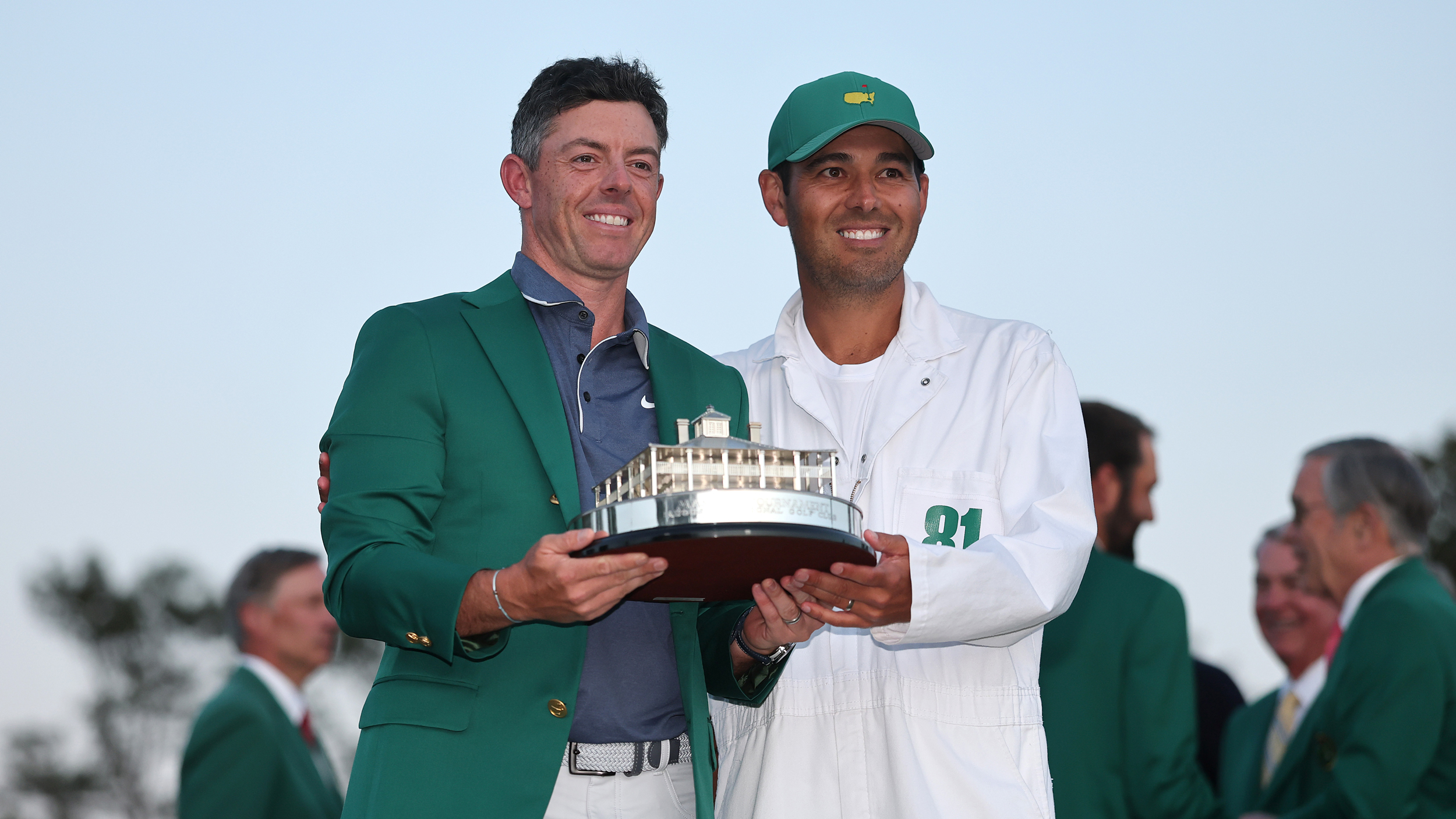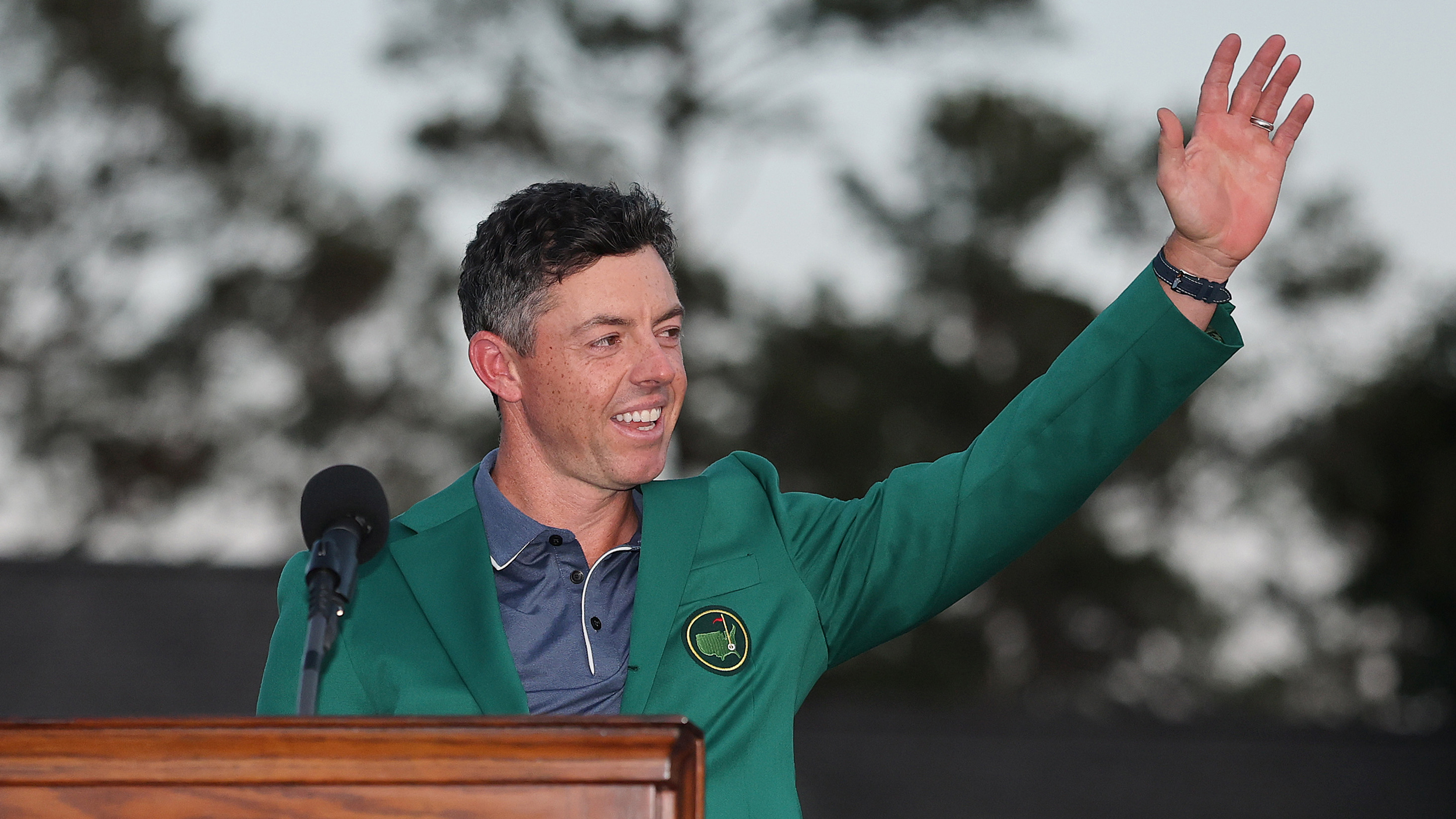US Open: A chequered history
As the world's best golfers bear down on Pebble Beach for the 2010 US Open, what better way to prepare than to look back at how this wonderful tournament has evolved
As the world's best golfers bear down on Pebble Beach for the 2010 US Open, what better way to prepare than to look back at how this wonderful tournament has evolved.
When the US Open began in 1895, it was somewhat of a low-key nine-hole event played at the same time as the more prestigious US Amateur Championship on the very same course, Newport Country Club. The 36-hole event was won by 21-year-old Horace Rawlins from England, who saw off nine other professionals and one amateur to pick up the now-measly $150 prize.
Following 1895, the format of the event has changed several times. The USGA extended the championship to 72 holes in 1898, with 36 holes played on each of two days. In 1926, the format was changed to 18 holes played each of two days, then 36 holes on the third day. In 1965, the present format of four 18-hole daily rounds was implemented. The early stages of the event were dominated by British immigrant golfers and it wasn't until 1911 that a US player won the tournament, as John J. McDermott emerged victorious. The popularity of the US Open propelled after other memorable victories such that of American amateurs Francis Quimet in 1913 and Bobby Jones, who won four times, in 1923, 1926, 1929 and 1930.
From 1922 onwards the tournament charged spectators to come and watch the very best the golfing world had to offer. The very best it certainly was as the US Open continued to produce winners such as Ben Hogan (1948, 1950, 1951, 1953), Jack Nicklaus (1962, 1967, 1972, 1980) and Arnold Palmer, who in 1962 came from seven shots behind to set a new final-round comeback record.
Amidst the endless quality of winners - including Byron Nelson, Gary Player and Lee Trevino - the US Open was also making landmarks. From 1954 saw every course being fully roped from tee to green and in the same year live televised coverage started.
As the US Open began to globalise, the tournament continued to bring a host of world-class home-grown winners such as Hale Irwin, Payne Stewart and Tiger Woods to name a few. Indeed the four year period from 2004-2007 produced the longest streak of non-US winners since the first decade of the 20th century.
In recent times the event has been well-known for its gruelling course set-ups - no better shown than in 2008 when the USGA presented the task of mastering the 7,643 yards-long Torrey Pines. And one year earlier, at Oakmont, players faced the longest hole in US Open history in the form of the 667-yard 12th hole.
Get the Golf Monthly Newsletter
Subscribe to the Golf Monthly newsletter to stay up to date with all the latest tour news, equipment news, reviews, head-to-heads and buyer’s guides from our team of experienced experts.
This year at Pebble Beach will mark numerous stark changes from the US Open at Newport Country Club in 1895. The total prize fund has now risen to $7,500,000, whereas the 1895 event offered a total purse of $335. The field in California this year see 156 of the globe's best golfers teeing it up, a contrast to the 11 that lined up when Horace Rawlins won the first Open.
This year Lucas Glover will defend the US Open as another lucky man looks to engrave his name in a chequered history.
Where Next?
US Open news US Open blogs US Open pictures US Open history and records Pebble Beach hole-by-hole
-
 'This One Is Just As Much His As It Is Mine' - Rory McIlroy Pays Emotional Tribute To 'Big Brother' Harry Diamond After Historic Masters Win
'This One Is Just As Much His As It Is Mine' - Rory McIlroy Pays Emotional Tribute To 'Big Brother' Harry Diamond After Historic Masters WinThe 2025 Masters champion couldn't hold back the tears when discussing the importance of his relationship with caddie Harry Diamond
By Elliott Heath Published
-
 Rory 2.0 Was Born At The 2025 Masters... McIlroy Is Now Free Of His 11-Year Major Burden
Rory 2.0 Was Born At The 2025 Masters... McIlroy Is Now Free Of His 11-Year Major BurdenThe Northern Irishman dug deeper than he ever had to get over the line and finally seal the missing green jacket to his career grand slam puzzle
By Elliott Heath Published